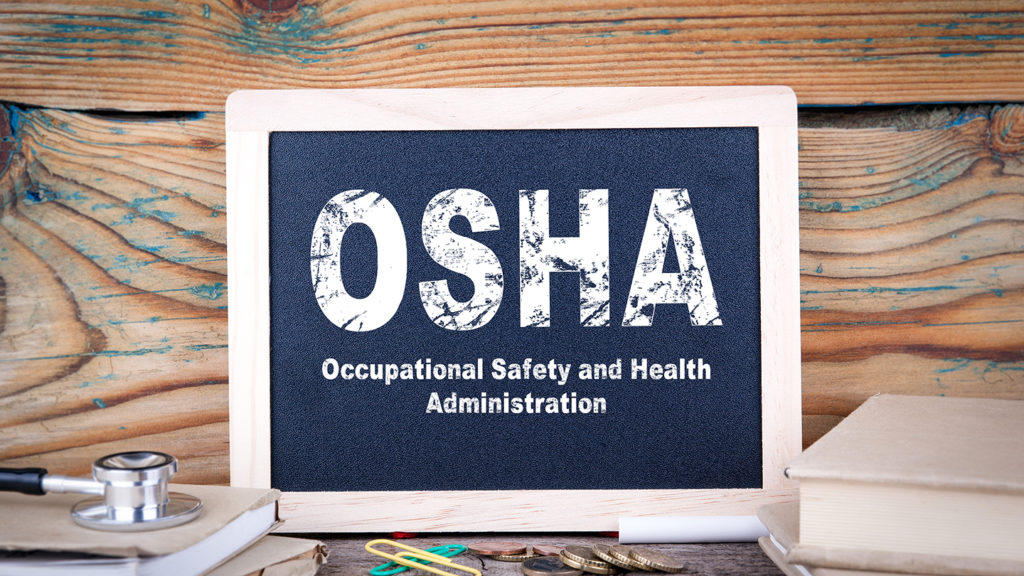
Wondering what to expect from the federal government’s workplace safety watchdog this year? Think more regulation and executive action, less legislation.
Those were top recommendations during a webinar on Tuesday from Fisher Phillips on what employers can expect from the Occupational Safety and Health Administration in 2023. Attorneys touched on the agency’s COVID-19 healthcare rule, the infectious disease standard and workplace violence, among other topics on the agency’s regulatory agenda.
A divided Congress and a president in the second half of his term will lead to more proposed standards and new national emphasis programs, rather than new laws, according to Todd Logsdon, partner and co-chair of the workplace safety practice group. That, he said, will tee up more battles with Congress and the US Supreme Court.
In industries experiencing labor shortages, including long-term care and healthcare, the panelists said, they expect OSHA to focus on improved employee safety training and compliance. Logsdon said the agency is targeting those industries with high turnover rates and issuing aggressive citations if new employees do not receive basic training.
COVID-19 healthcare rule remains in limbo
Top of mind for the aging services industry is OSHA’s proposed COVID-19 healthcare rule, which is under review by the Office of Management and Budget. Advocacy organizations have met with the White House’s Office of Information and Regulatory Affairs, testified and submitted comments about the proposal over the past several months.
Although no one knows for sure what is included in the permanent standard, Logsdon said, expect it to follow, in large part, what was in the emergency temporary standard. One thing the standard will not include is a vaccine mandate. He added that unions are pushing for respiratory protection and ventilation systems to be included.
A permanent standard has been in the works since a temporary standard was withdrawn in December 2021. The temporary standard required assisted living communities and some other settings to conduct hazard assessments, have written plans to mitigate the spread of COVID-19, provide employees with personal protective equipment, and implement social distancing, employee screening, and cleaning and disinfecting protocols.
Long-term care provider advocates — including Argentum, the American Seniors Housing Association and the American Health Care Association / National Center for Assisted Living — have opposed the standard as “overly prescriptive.”
Argentum further argued that senior living communities are “home” to many older adults and provide only limited healthcare services. Argentum said its position is supported by the Centers for Disease Control and Prevention, which adjusted its COVID-19 infection prevention and control guidance for healthcare settings last fall. That guidance offered assisted living the option of following either the COVID-19-related recommendations for healthcare settings or the more flexible recommendations for congregate care settings.
Bigger infectious disease standard
Another area of interest for senior living providers is the new infectious diseases standard, which Todd said will be broader than the COVID-19 healthcare standard.
This standard would regulate infectious diseases in the workplace — including COVID-19, tuberculosis, chicken pox and shingles, measles, Methicillin-resistant Staphylococcus aureus and severe acute respiratory syndrome — and apply to healthcare settings, as well as laboratories, correctional facilities and emergency response workers.
Although OSHA is predicting a standard by September, Logsdon said he would not be surprised if a standard was not announced this year. Steve Alvarado, a partner in the Irvine, CA, office, however, said it is something that long-term care providers should be aware of and educate themselves on sooner rather than later.
The California Division of Occupational Safety and Health, better known as Cal/OSHA, used the state’s infectious disease standard early during the pandemic to target employers deemed “not taking the highest precautions,” Alvarado said.
Expect more inspections
With a 3.3% bump in the OSHA budget from last year, Logsdon said, employers should expect to be inspected by the agency in the coming year. In 2022, he added, the agency devoted 19% of its budget to hiring more inspectors.
Last year, OSHA conducted 67,773 inspections. This year alone, through Feb. 9, the agency already had conducted 7,000 inspections, which would put it on a pace to easily eclipse last year’s total. Among the industries targeted in 2022 for inspections were construction (which made up 39% of inspections), manufacturing (16%), retail and wholesale trade (8%), and healthcare (4.5%).




